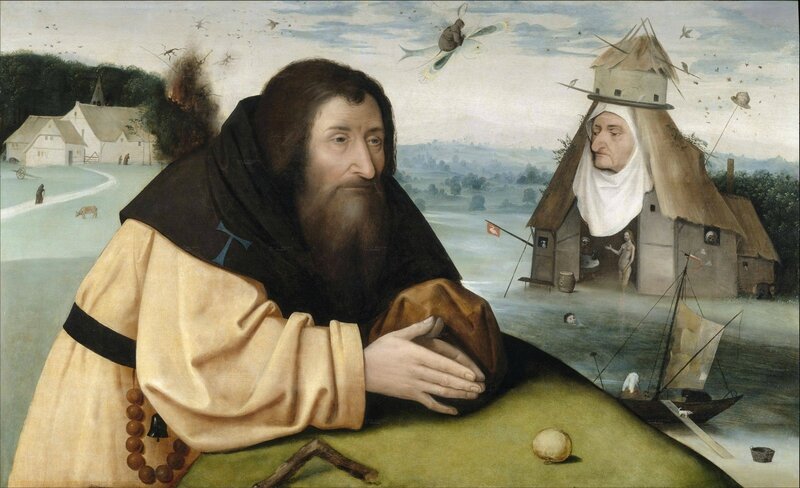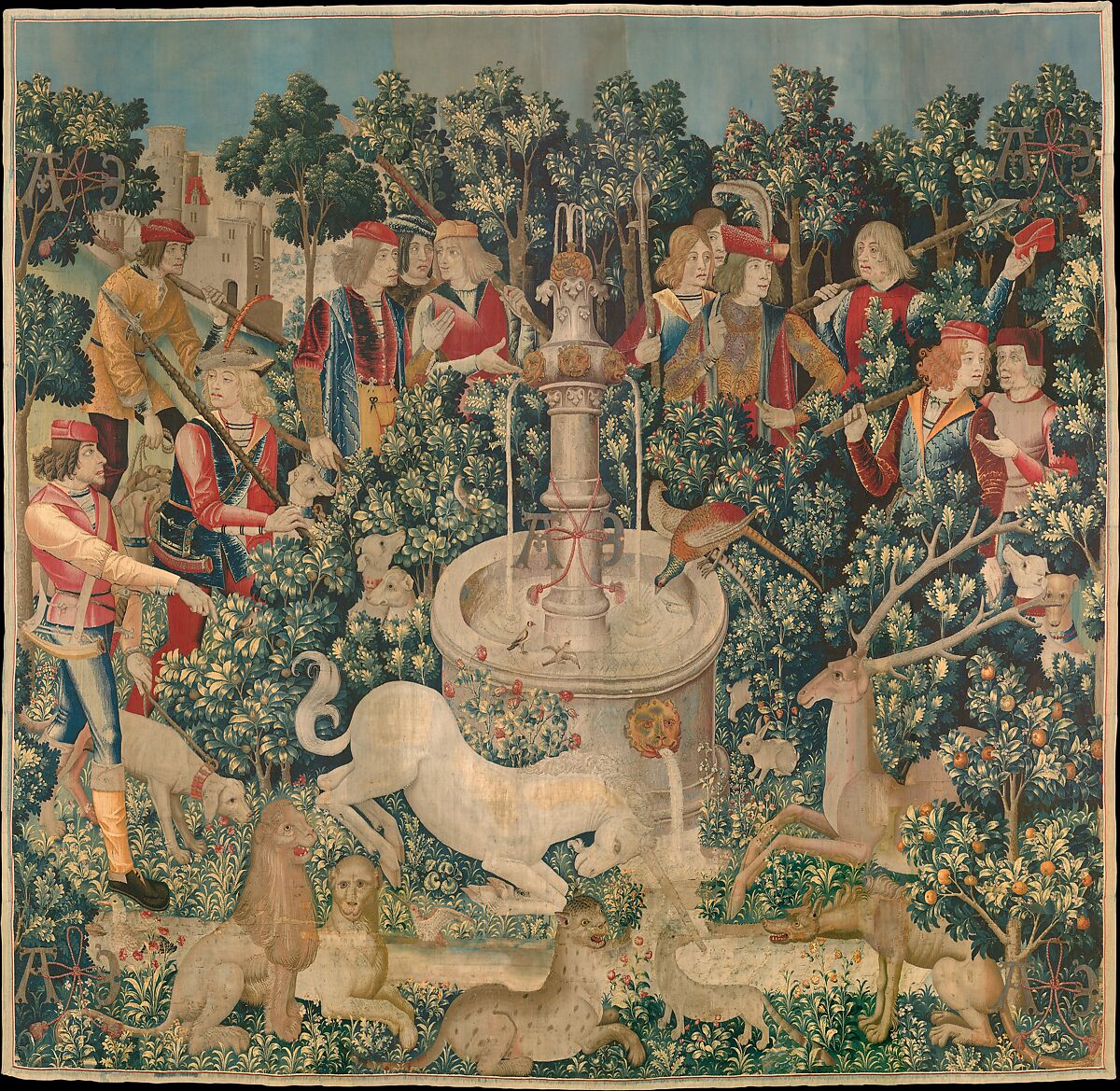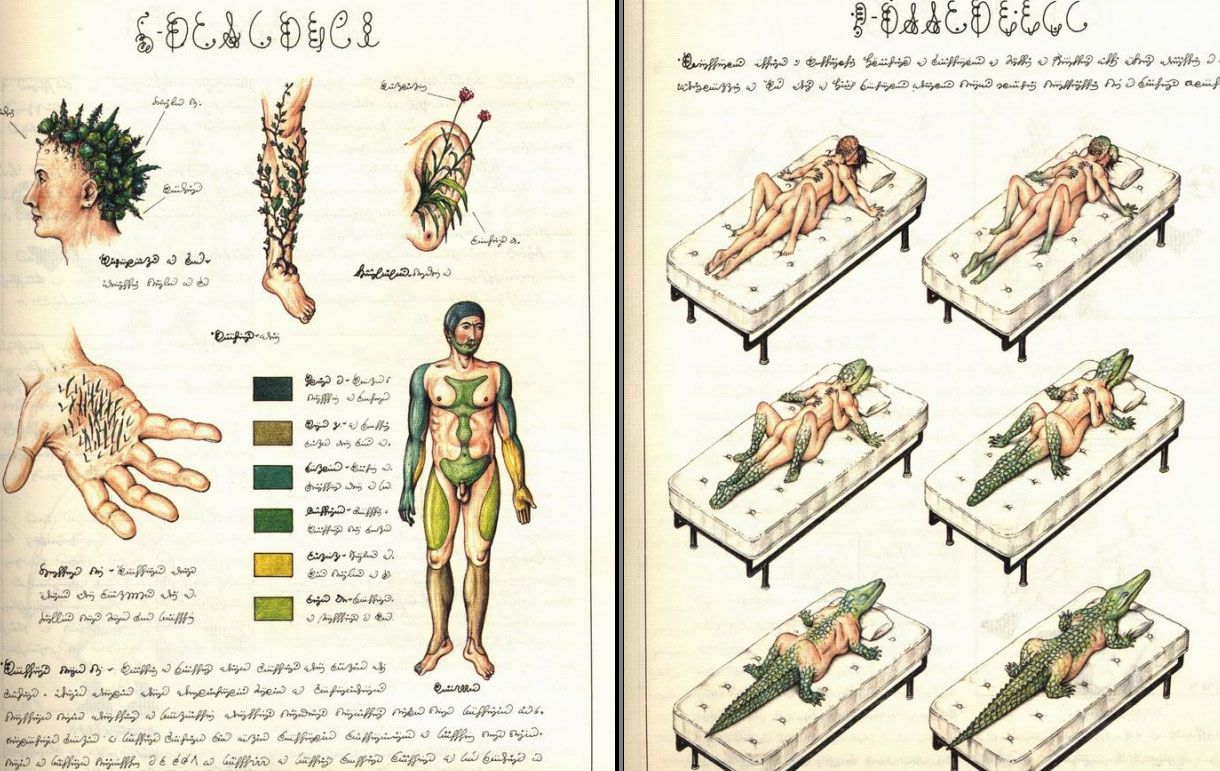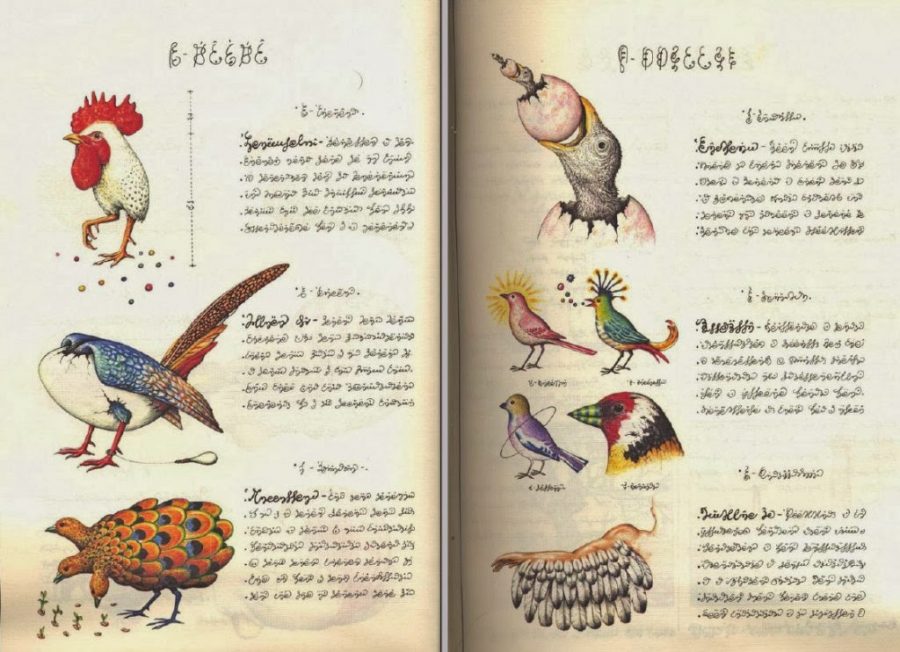Poetry, playlists, personal essays, and more. Thank you for your curiosity ♡
Friday, December 20, 2024
Thursday, October 24, 2024
Saturday, September 21, 2024
Poem: Supraorbital
Sometimes I feel like I don’t know you,
I can’t find you in sweat-swept browbone
or one consuming, beautiful grin -
Is this new? Did I forget the way our surging
closeness packs the lungs like grave-dirt,
soil moist with heat and anger?
No, it must be new, or newly discovered,
knees buckled under swallowed tongues.
Is this it? Is this the way they did it, those
Coupled skeletons unearthed with clasped
hands? If you could excavate a mind, you’d find
turmoil, tedium, and above all, love -
I’m sure that your hand fits into mine. Even as
remains, an artifact brushed tenderly into being,
you would be precious to me.
Our fingers weave a pattern outside of time,
and I will dig out your crystalline heart and hold it
to the light until I see clearly -
Will I ever get tired of discovering you, my love?
Even as we slough off the fine silt that covers
us, both eyes squinting in the dry sun…
© 2024. This work is openly licensed via CC BY-NC-ND.
Wednesday, July 3, 2024
Poem: I lost my voice three times that season
Monday, July 1, 2024
Personal Essay: Early Netherlandish Art
Hieronymous Bosch
 |
| Click here to see a high-quality, zoom-in-able version of this painting. Trust me, it's worth it to see all the details. |
 | |
| Part of the central panel of Bosch's "The Last Judgment" triptych (1486). Image source |
 |
| Hieronymous Bosch, The Temptations of Saint Anthony (~1510). Image source |
Illuminated Manuscripts
"Illuminated manuscripts are hand-written books with painted decoration that generally includes precious metals such as gold or silver. The pages were made from animal skin, commonly calf, sheep, or goat. Illuminated manuscripts were produced between 1100 and 1600, with monasteries as their earliest creators. Wealthy patrons also wanted these illustrative works for personal libraries and encouraged the formation of private workshops that flourished in French and Italian cities between the 13th and 15th centuries. The decline of the illuminated manuscript tradition coincided with the ability to mass produce printed text and the increasing numbers of literate people who wanted secular as well as religious books. (National Gallery of Art, 2024)
 |
| The two spreads above are taken from a Book of Hours from 1524. The full text can be accessed here. |
| The above two pages are taken from Anne of Brittany's Book of Hours (circa 1500-ish). The full text can be accessed here. |
These two examples are both Books of Hours, a popular type of illuminated manuscript that would serve as the personal prayer book of a wealthy court member. They were decorated with beautiful illustrations of nature and Biblical scenes. What I love most about this style of manuscript is the dimensionality the artist is able to create on such a flat surface. The frames and figures seem to jump off the page due to the shading and vibrant colors. I believe this is an attempt to emulate altarpieces -- I just can't get over how impressive it is that one person managed to illustrate hundreds of pages with that caliber of artistic consistency throughout.
Tapestries

The Unicorn Purifies Water (from the Unicorn Tapestries, ~1500). Image source
By using a combination of weld, rose madder, and woad, artisans were able to create a wide variety of colors which have remained surprisingly vibrant.
Influences on outsider art
 |
| Left: a detail from "The Garden of Earthly Delights" (circa 1490-ish). Right: a detail from a page in "The Voynich Manuscript" (circa 1400-1438). |








